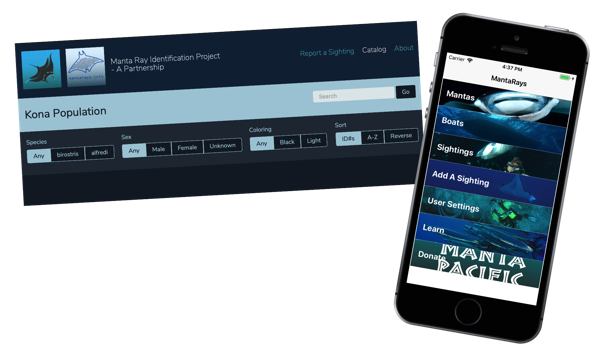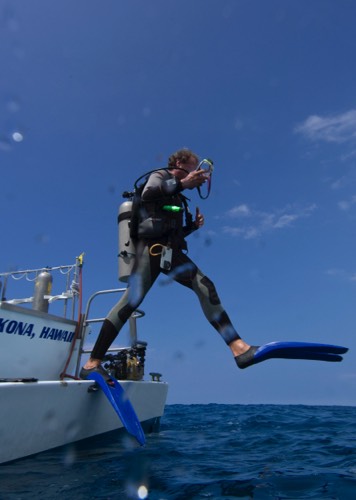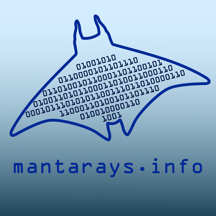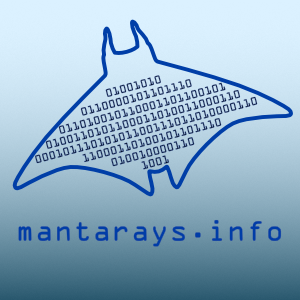Since 1991, the Kona Manta Rays have been photographed and identified using their unique spot pattern on their ventral (abdominal) side. The first Kona Manta Ray ever identified was Lefty, and the catalog has continued to grow since. The Kona Manta dive has developed into a world renown experience, attracting divers and ocean enthusiasts year round to this incredible experience. Due to it's popularity and other factors, the Kona manta ray population is an ideal environment to study and research these animals. Using the latest citizen science techniques and data gathering methods, mantarays.info has created an extensive, one of a kind data set of information about this population to use in order to research this population and apply it to Mobula alfredi and Mobula birostris worldwide.
Our database currently contains almost 6,000 reported encounters and 28,500 manta sightings over 14 years. It continues to grow everyday and more historical data is added as time permits. There are also over 330 mantas in the catalog covering both species of mantas.
Take a look at our data gathering tools and get to know the Kona manta rays! And then help us by contributing your information to mantarays.info!
Use the iOS App on your iPhone, iPad, or Mac or use the Web interface from any browser.

- View/Download the full list of identified Manta Rays as well as Refresh the list only downloading the newest ones
- View Photos and Descriptions of each ray as well as view the recent sightings of each individual
- Lookup sighting information from each one of the regular night dive locations, as well as lookup when the "most" and "least" mantas were seen at these sites (iOS only)
- Lookup the Mantas by the individuals seen the most, and lookup the Users who have contributed the most sightings (iOS only)
Please contribute your own photos to our sighting database! If you can't identify it, we will help you figure it out if it's an acceptable photo. If you submit a photo of an unknown manta, you can name it and we will add it to the ID catalog. We also want to accumulate as many photos of each individual as we can with the idea that eventually we may be able to automatically recognize an individual from their photo.

Many Kona Manta Ray guides contribute their sighting information into the database, but we are always looking for more data. Ask your guide to submit their sighting information, or take some ID photos yourself and send those in. Whether the individual mantas are already identified, or you just have a total number seen, we want your reports.
You can create a location for your sighting anywhere along the Kona Coast. You can use the built-in GPS on your iOS device, you can use the built-in map to mark the location, or you can manually type in the GPS coordinates. You don't need an internet connection to create a sighting. You can create as many sightings as you want entering the specific information for each one, continue to fill out the information as needed, and then submit reports to us once you are back in internet range.
If you are using the Web interface via browser, you will need an internet connection to create your sighting.

Contribute to our Research!
Crowd Sourcing Data Collection and Citizen Science contributions allow for a larger collection of data than is possible with a limited number of researchers. Help us create awareness of the plight of Manta Rays worldwide by studying our local Kona Manta Ray population. Help us with Research, Education, and Conservation of Manta Rays!
How does all this data get used?
We give our data to select Masters and Graduate students for their own study and analysis for their degree's. We also use the data ourselves to try and reveal interesting information about the life and times of a Kona Manta Ray!


